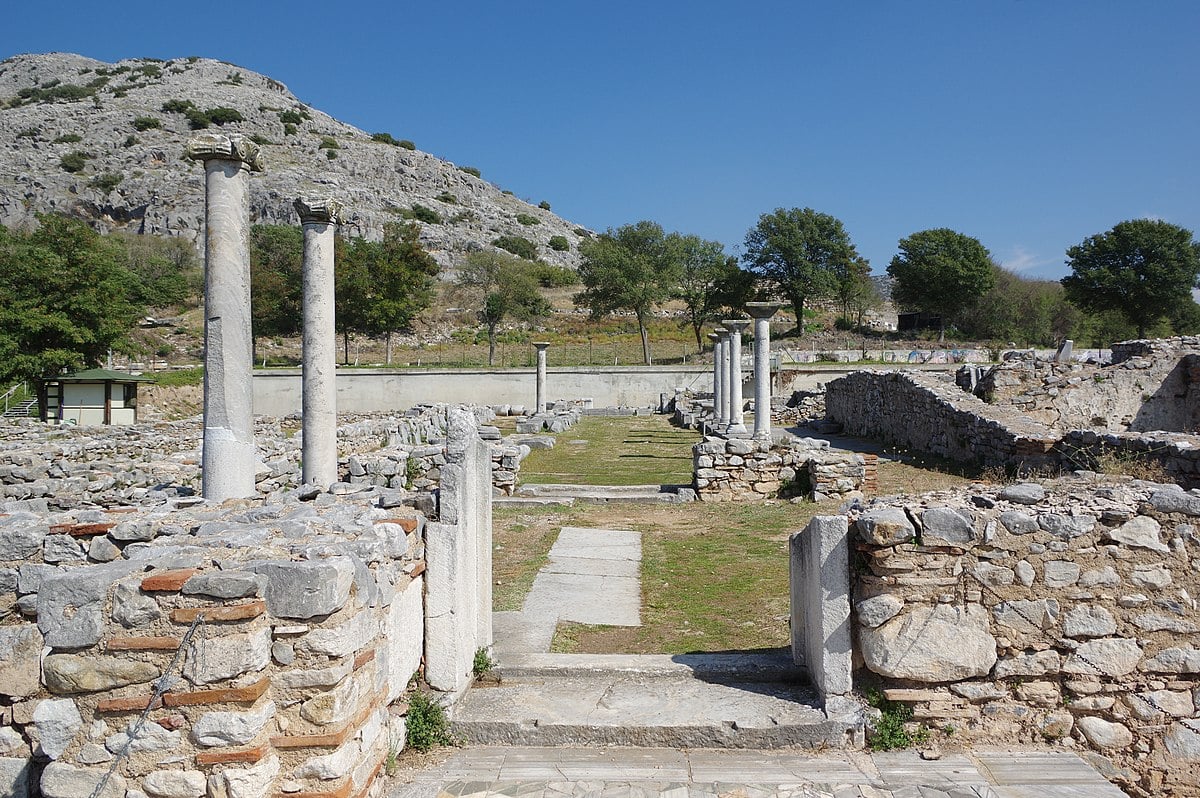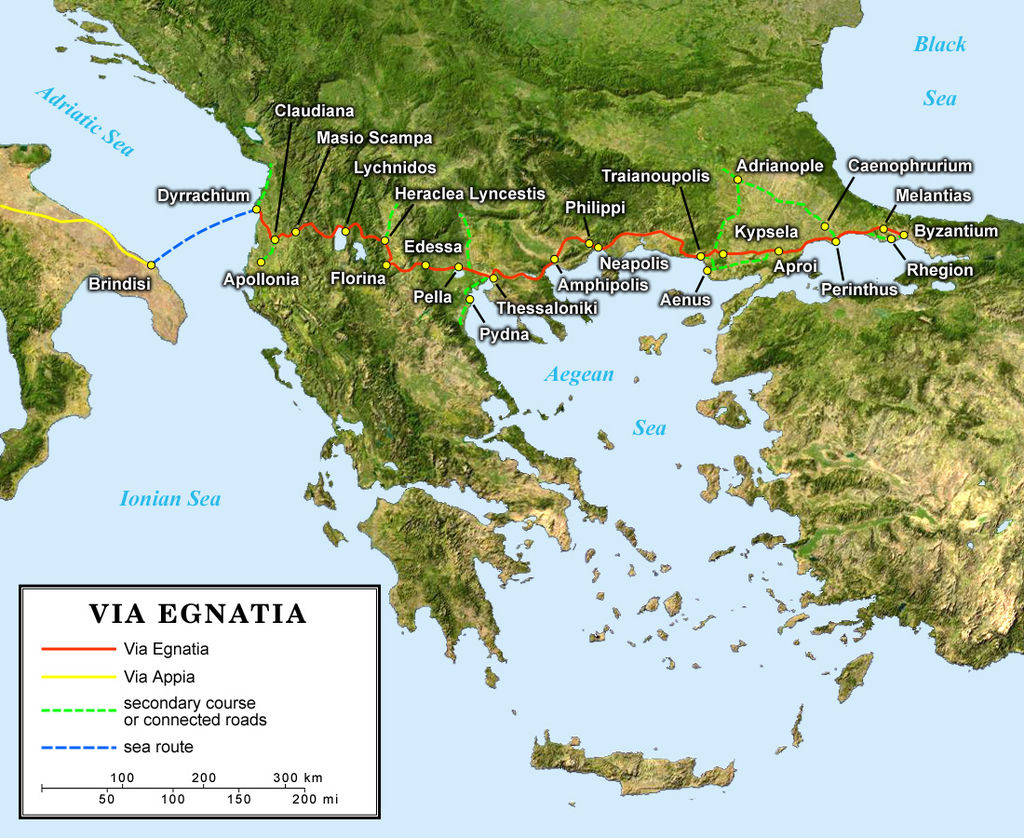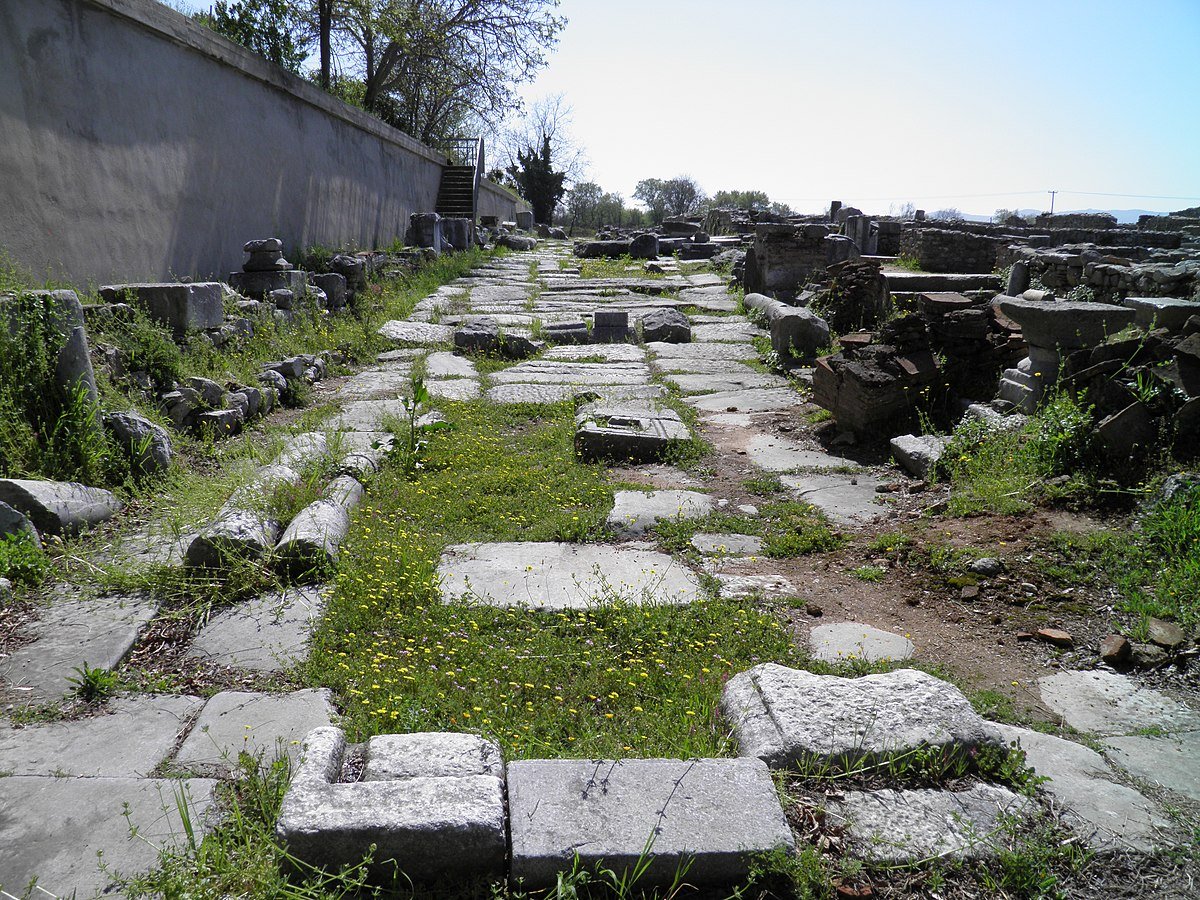
The Via Egnatia was an ancient Roman road that stretched across an impressive distance between the Adriatic coast and Byzantium (modern day Istanbul) on the Bosphorous Strait. It was actually a continuation of Via Appia, one of the earliest and strategically most important roads of the ancient Roman republic which connected Rome with Brindisi.
Roman civilization is well known for its stunning mosaics and marble statues, but it was Rome’s advanced network of roads that allowed this civilization to thrive for centuries.
The Via Egnatia was the first highway to traverse the length of the Balkan Peninsula and the first road built outside of Italy by the Romans.

Construction
The Via Egnatia was built between 146 and 120 BC by the Roman Senator Gnaeus Egnatius, who named the road after himself. Egnatius became governor of the province of Macedonia shortly after it had been conquered by the Romans in 148 BC during the Fourth Macedonian War.
The road was approximately 1,120 kilometers long although the easternmost portions of it may have been completed decades after Egnatius governed Macedonia. Parts of the Via Egnatia may have been built over an earlier military road between Illyria and Byzantium.
The road would have been about six meters wide. The Romans used surveying tools and beacons like the “groma” to ensure that their roads were straight and level. The route crossed mountains such as Candavia and must have posed significant challenges to Roman engineers.

The Via Egnatia route
The Via Egnatia route connected several important cities in Northern Greece, Illyria, and Thrace. It would have been an important route for traders and the Roman legions in the region.
At the westernmost end of the Via Egnatia was Dyrrhachium in Illyria (modern day Albania). Together with the nearby Greek polis (city) of Apollonia, Dyrrhachium was an important commercial hub along the Adriatic.
The road connected prominent urban centers including Thessaloniki, Amphipolis, Philippi, Neapolis, Kypsela, and Pella, the birthplace of Alexander the Great and former capital of the Kingdom of Macedon.
At the eastern end of the Via Egnatia was the city of Byzantium. The already important road would have become an even more crucial route after 330 AD, when Emperor Constantine renamed the city after himself and pronounced Constantinople the capital of the Roman Empire.
Civic development in Northern Greece continued well into the Byzantine era. A triumphal arch called the Golden Gate was built in Constantinople where the Via Egnatia led into the city. Victorious Byzantine emperors would lead a triumphal procession along the road and past the Golden Gate into the city after successful military campaigns.

Important events
The Via Egnatia dictated access to a number of important strategic locations. As a result, several battles were fought over control of the road.
In 84 BC, the Roman general Sulla pursued the army of Mithridates VI Eupataor along the Via Egnatia. Later, in 48 BC, Caesar defeated Pompey’s legions and took control of the road at the Battle of Dyrrachium. In yet another Roman civil war, Mark Anthony and Octavian fought the forces of Brutus and Cassius, who had fled Rome after assassinating Caesar.
Paul the Apostle traveled along the Via Egnatia during his missionary journeys to Greece. Saint Paul preached in many cities connected by the road, including Thessaloniki, Philippi, and Amphipolis.
Legacy of the Via Egnatia
Today, the modern Egnatia Odos A2 Motorway connects the western port of Igoumenitsa in Thesprotia (Northwestern Greece) to the eastern Greek–Turkish border at Kipoi. It runs parallel to the original Via Egnatia.
Parts of the ancient Roman road are still used as secondary roads in modern day Greece.